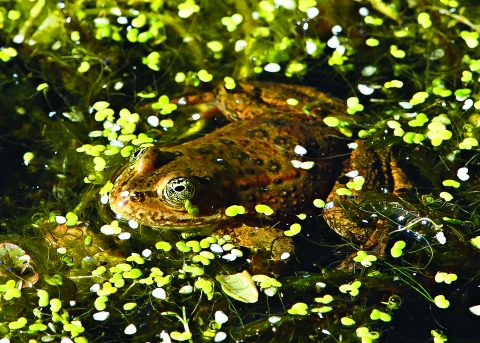The U.S. Fish and Wildlife Service has distributed over $1.4 billion to the 56 states, territories, commonwealths, and D.C. through the State Wildlife Grant Program to support conservation of state- and territory-identified species of greatest conservation need. State agencies provide at least 25 percent of project costs in non-federal matching funds. Since 2008, a portion of the State Wildlife Grant Program funding has been used for competitive grants to encourage broad collaboration, innovation, and species conservation at larger scales.
The State Wildlife Grant Program is founded on voluntary partnerships with state and territory fish and wildlife agencies, and on the principle that broad collaboration and coordination yield the best outcomes for our lands and waters, our people, and the fish and wildlife we treasure. These agencies coordinate effectively with the Service and other Federal agencies, and with local governments, species experts, private landowners, and industry representatives in updating and implementing the State Wildlife Action Plans. Involving many stakeholders with different perspectives helps ensure that the Plans are strategic, thoroughly vetted, and leveraged with resources from many partners. The first State Wildlife Action Plans were completed in 2005. Collectively, they identified over 12,000 rare or declining fish and wildlife species and the conservation actions needed for their recovery. The Plans represented an historic milestone in U.S. conservation history, providing the first nationwide blueprint for ensuring the sustainability of America’s most unique and celebrated fish and wildlife and the wild places that sustain them.
These plans undergo major updates every 10 years to ensure they remain current and effective. Each update allows the fish and wildlife agencies of the states, territories, commonwealths, and D.C. to reassess their species of greatest conservation need, evaluate progress on past conservation actions, incorporate new information and emerging threats and refine strategies to address each agency’s evolving conservation priorities. The U.S. Fish and Wildlife Service provides guidance and support throughout this process to help the agencies maintain comprehensive roadmaps for fish and wildlife conservation.


